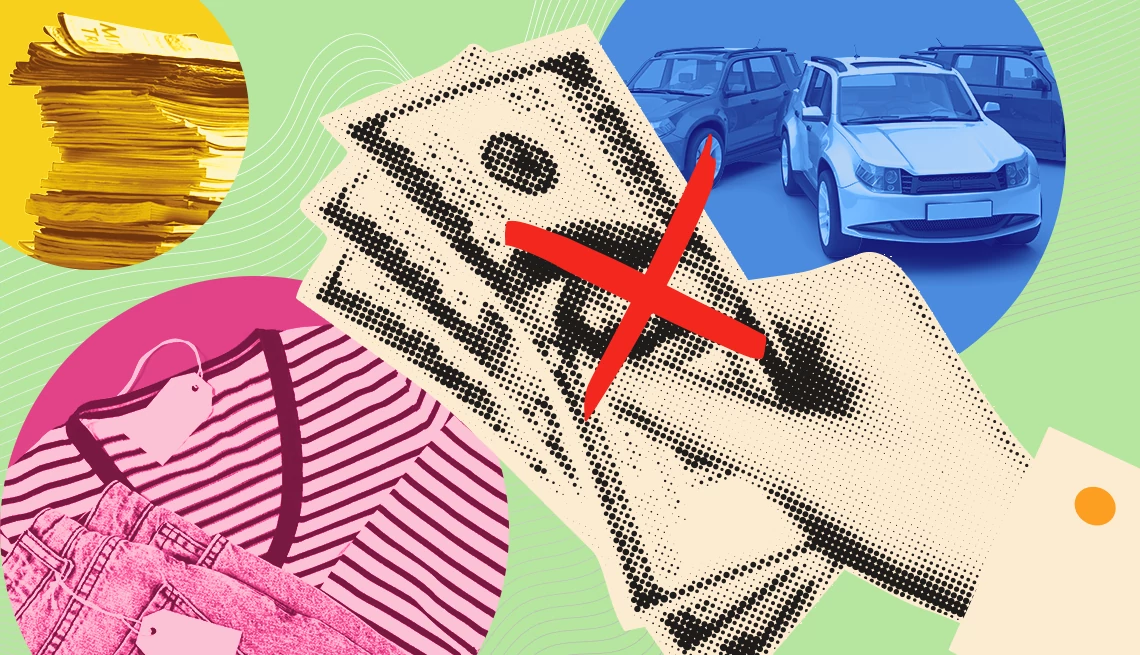AARP Hearing Center
Plunging stock prices in a down market, like what we recently witnessed in the wake of President Donald Trump's sweeping tariffs plan, can leave a sour taste in the mouth of retirees who rely on their investments to help cover their living expenses. But instead of bailing out of the stock market or wallowing in your financial misfortune, a better strategy is to turn a lemon market into lemonade.
“There are a few things investors can do to take advantage of potential opportunities in a down market,” says Brian Walsh, head of advice and financial planning at SoFi, an online brokerage.
What you don’t want to do is panic and harm your long-term finances by making portfolio moves driven by fear that will put you deeper in a hole, says Jerry Braakman, president and chief investment officer at First American Trust. Your job is to minimize the damage of the market downturn and look ahead. “You want to position your portfolio for the market’s next phase,” he says.
Remember, bear markets end. History tells us that stocks do eventually recover. Take the bear market in 2007 for example. That downturn lasted 517 days, but it bounced back to break even in 49 months.
So, what’s an investor to do? Consider making these moves with your nest egg.
1. Buy stocks on sale
A bear market marks down stock prices from expensive to cheap. During the bear market in 2022, the S&P 500 declined by about 25 percent. That Wall Street discount made it a good time to buy stocks, no different than shopping massive markdowns during Black Friday holiday sales.
So, avoid selling stocks at depressed prices and locking in losses. Instead, consider buying shares of beaten-down quality companies that sell popular products and services. You’ll be taking advantage of lower prices and the likelihood of an eventual rebound, says Falko Hoernicke, senior portfolio manager at U.S. Bank Private Wealth Management. “You’ll probably find some hidden treasures,” he says.





































































